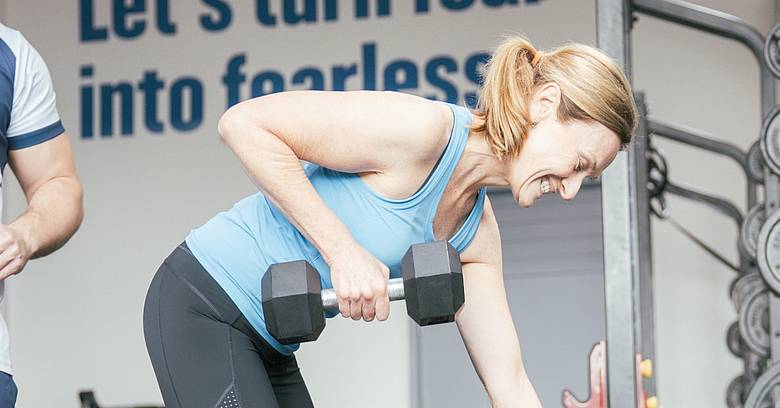When starting a health and fitness journey, many of us fixate on outcome-related goals. It’s common to think, “I’ll be happy when I achieve this,” or “I’ll be confident once I reach this weight.” These goals usually stem from a desire to change an unsatisfactory current state, making them a reasonable starting point.
However, as you get closer to achieving these outcome-related goals, you might realize they don’t bring the fulfillment you anticipated. This happens because these goals are often just numbers or endpoints you believed would make you happy during a time of discomfort or dissatisfaction.
The Limitations of Outcome-Related Goals
Outcome-related goals focus on a specific result, such as losing 10 pounds or running a marathon. While these goals can be motivating initially, they may not provide long-term satisfaction. This is because they often do not address the underlying habits and behaviors that contribute to lasting change.
The Importance of Reassessing Goals
To set effective goals, it’s important to reassess what you want now that you are out of pain and have a clearer mindset. Every goal has a cost, and the greater the achievement, the higher the cost. Something that seemed worth pursuing when you were unhappy might not hold the same value now that you are more confident and content.
The Power of Process Goals
Instead of focusing solely on outcomes, consider setting process goals. A process goal emphasizes the steps you need to take rather than the endpoint, making it more about adopting sustainable lifestyle changes. This approach helps prevent reverting to old habits once an outcome is achieved, a common issue with outcome-related goals.
Benefits of Process Goals
- Sustainability: Process goals focus on creating lasting habits.
- Flexibility: They can be adjusted as your circumstances change.
- Continuous Improvement: They keep you engaged in your health and fitness journey.
Examples of Process Goals
- Exercise: Aim to exercise for 30 minutes a day, five days a week.
- Nutrition: Focus on eating a balanced diet with more fruits, vegetables, and whole grains.
- Hydration: Drink at least eight glasses of water daily.
Finding the Right Goal-Setting Strategy
Everyone is different, and it’s essential to find the goal-setting strategy that works best for you. Process goals can help address the “what’s next?” challenge that often arises after achieving a goal by keeping you engaged in continuous improvement and lifestyle change. This approach can lead to greater progress than focusing solely on outcomes.
Constant reassessment is crucial to ensure your goals remain relevant and meaningful. By setting process goals, you can adopt sustainable lifestyle changes that provide long-term satisfaction and continuous improvement. I encourage you to try setting process goals and discover how you best operate on your health and fitness journey.

